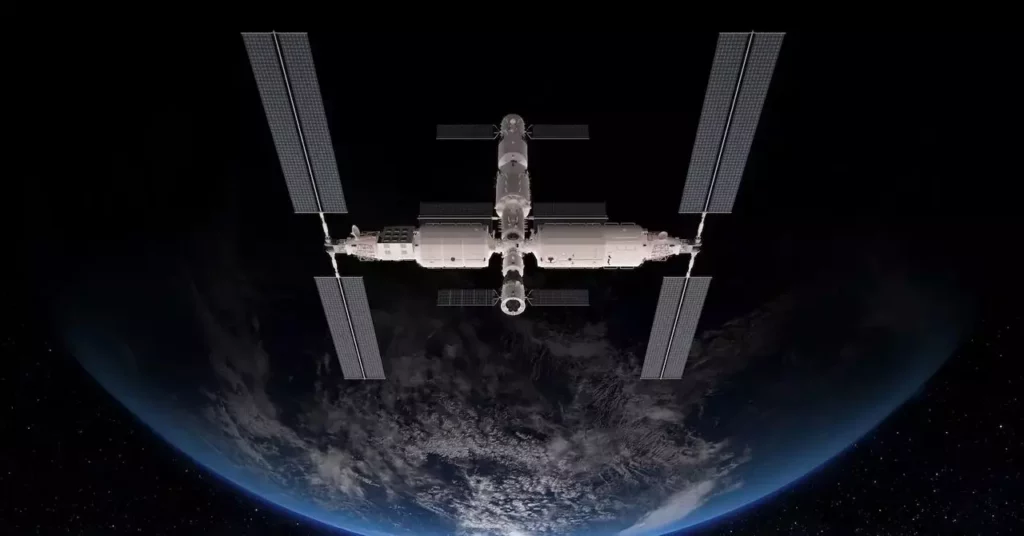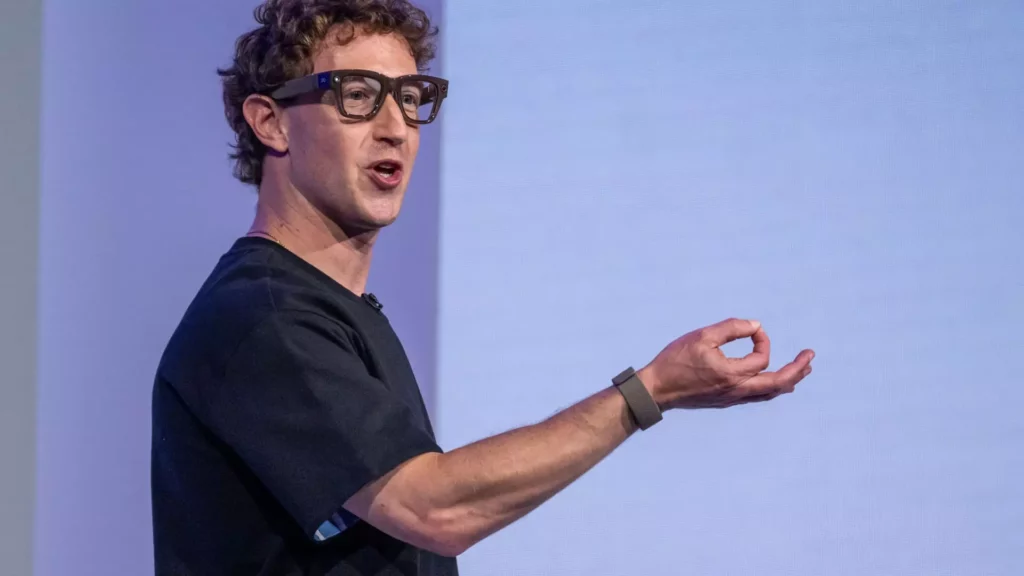In an audacious move that has captured the industry’s attention, Amazon has successfully launched the first 27 satellites for its Project Kuiper. This initial deployment is part of an ambitious vision to establish a constellation that includes over 3,000 satellites geared towards enhancing global internet connectivity. What makes this initiative particularly captivating is its direct challenge to the reigning titan of satellite internet, SpaceX and its widespread Starlink network. Amazon’s foray into the cosmic arena represents both a leap of innovation and an uphill battle against an entrenched rival.
The Paradox of Opportunity and Challenge
While the liftoff of these satellites on a United Launch Alliance (ULA) Atlas V rocket from Cape Canaveral is noteworthy, it also serves as a stark reminder of the steep hill Amazon must climb. With Starlink operating with more than 7,200 satellites already, Amazon faces a daunting task. The initial 27 satellites in orbit are merely strands of potential tangled in a web of complexity. In a space where the stakes are incredibly high, the margin for error is razor-thin. Amazon cannot afford complacency; technical failures or rollout delays could spell disaster for what is meant to be a transformative service.
Furthermore, it isn’t enough for Amazon to simply get satellites into orbit; they must also ensure that these devices operate effectively under real-world conditions. Users expect high-speed, low-latency internet services, a promise that Project Kuiper will need to solidify. If Amazon’s offering is merely a clone of Starlink—however capable it may be—it risks falling flat. Competitive differentiation will be vital, compelling Amazon to innovate not only in technology but also in user experience.
Innovative Disruption Versus Evolving Tradition
Amazon’s CEO Andy Jassy reverberates around the narrative of “innovation and hard work,” a sentiment undoubtedly essential in an era of rapid technological advancement. Despite the excitement surrounding the launch, an uncomfortable truth looms: the operational hurdles that lie ahead could prove just as pivotal as the satellite technology itself. Amazon’s capabilities to solve complex issues, including satellite communication and ground system integration, will be paramount.
One must consider the ambitious targets set by the U.S. Federal Communications Commission, which mandates that Amazon deploy 1,618 satellites by mid-2026. These deadlines add urgency to an already complex scenario, pressuring Amazon to move swiftly and strategically. Will they rise to the challenge and meet the benchmarks, or will they succumb to the frustrations that often accompany innovation?
Partnerships: A Double-Edged Sword
An aspect of this endeavor that holds potential yet risks complications is Amazon’s partnership with ULA. While Tory Bruno, ULA’s CEO, is optimistic about enhancing launch capabilities, reliance on external partners can introduce uncertainties. The collaboration has the potential to accelerate progress through shared knowledge; however, it could also divert focus, leading to misalignment with Amazon’s overarching vision.
Moreover, as the satellite internet landscape continues to expand, a synergy between technological innovation and robust launch schedules will be crucial. This strategic dance between aspiration and practicality could either bolster Amazon’s reputation as a leader in the industry or diminish it in the eyes of consumers and competitors alike.
The Broader Vision: Bridging the Digital Divide
At its core, Project Kuiper aspires to do more than just offer faster internet; it aims to bridge digital divides across the globe. By rendering internet access available to underserved regions, Amazon could catalyze significant societal shifts, impacting education, economic landscapes, and social cohesion. While the idealism inherent in this mission is commendable, it faces formidable challenges.
Issues such as the sustainability of low Earth orbits, regulatory navigation, and the ever-complex concerns surrounding satellite debris pose existential threats not only to Project Kuiper but to the evolution of global internet access entirely. In an era where digital interactions are paramount, we must carefully examine the trade-offs associated with rapid expansion and the ethical implications of such ventures.
Ultimately, as Amazon’s satellite fleet continues its ascent, the ripple effects on consumers, businesses, and nations will redefine the future of connectivity. Though the ambitions of Project Kuiper are laden with promise, the execution will define whether it truly alters the framework of global digital access or becomes yet another lost ambition in the vastness of space.









Leave a Reply